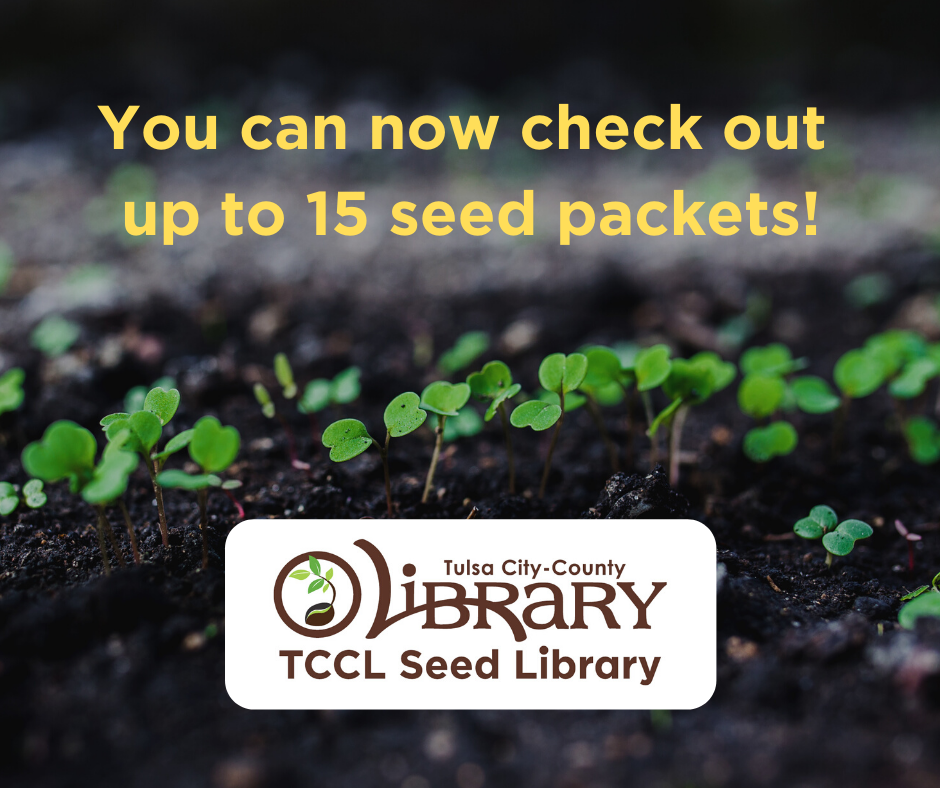April 22 is Earth Day. Learn about its history and find teachable resources and ways to celebrate in this blog post!
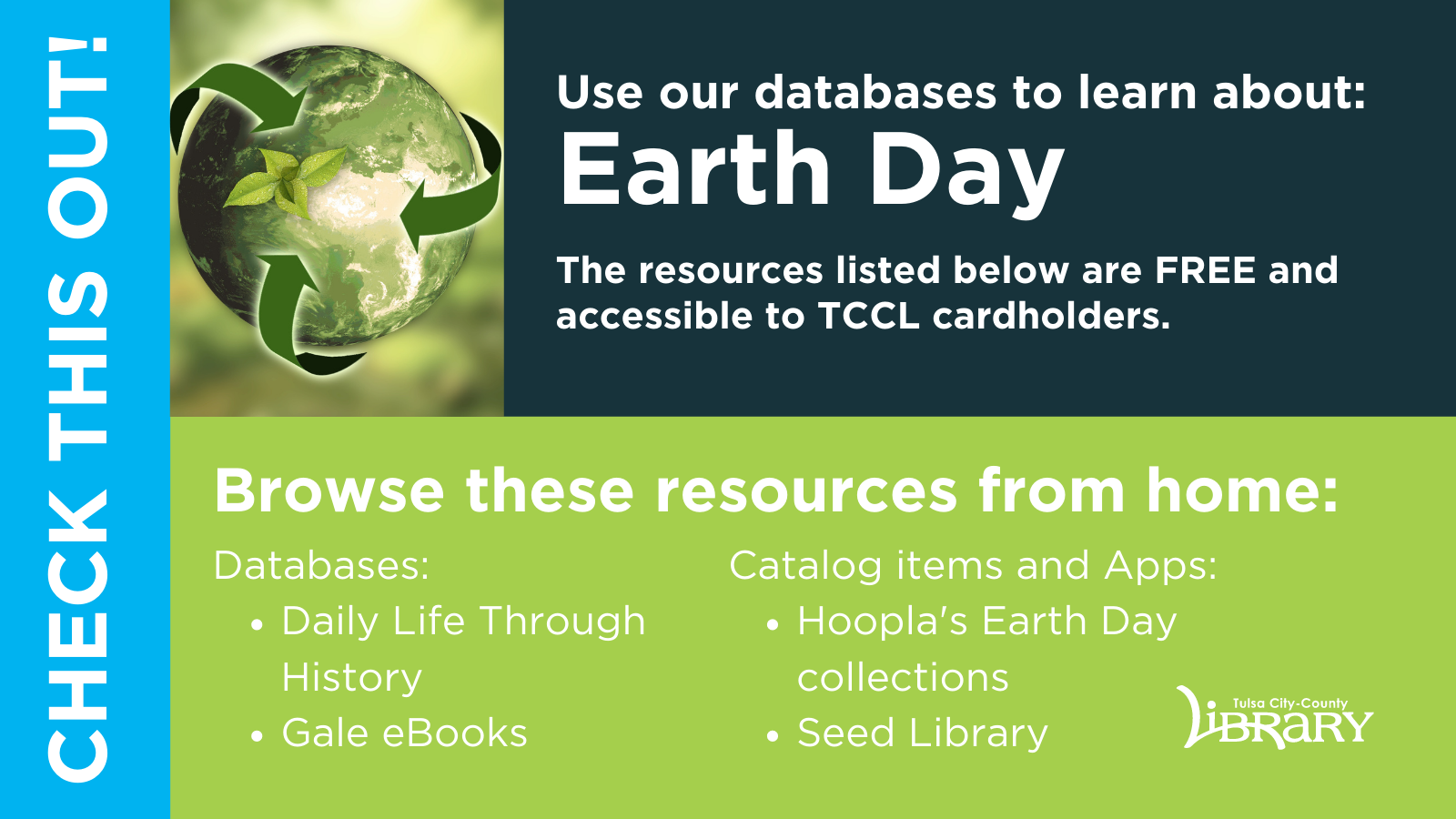
When and how did Earth Day begin?
Senator Gaylord Nelson, a junior senator from Wisconsin, had long been concerned about the deteriorating environment in the United States. Then in January 1969, he and many others witnessed the ravages of a massive oil spill in Santa Barbara, California. Inspired by the student anti-war movement, Senator Nelson wanted to infuse the energy of student anti-war protests with an emerging public consciousness about air and water pollution.
Check out the full Earth Day timeline, history and video resources from the official Earth Day website: https://www.earthday.org/history/.
The resources below from our eLibrary database (find it at www.tulsalibrary.org/research/databases/e and login with your last name and TCCL card number) are just a few of the many relevant sources available on the subject:
-
Earth Day entry from the Encyclopedia Britannica, 2019.
-
50 Years of Earth Days: History of 'Going Green' by Kelley Phillips, published April 15, 2020.
-
Did You Know? Earth Day Factoids by George Jordan, published in Courier - News, April 18, 2016.
Senator Nelson gave many Earth Day speeches to help establish the movement and expand upon its goals, but his 1970 speech in Denver is best known for showing Nelson’s efforts to tie environment concerns with issues of poverty, war and racism:
“Earth Day can—and it must—lend a new urgency and a new support to solving the problems that still threaten to tear the fabric of this society—the problems of race, of war, of poverty, of modern-day institutions. Ecology is a big science, a big concept—not a copout. It is concerned with the total ecosystem, not just with how we dispose of our tin cans, bottles and sewage. Environment is all of America and its problems.”
Read more of Gaylord Nelson’s Earth Day Speech HERE in our Daily Life Through History database (available at www.tulsalibrary.org/research/databases/d).
Celebrate Earth Day with these digital items in our apps and catalog!
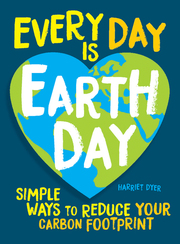
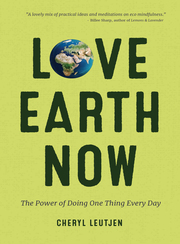

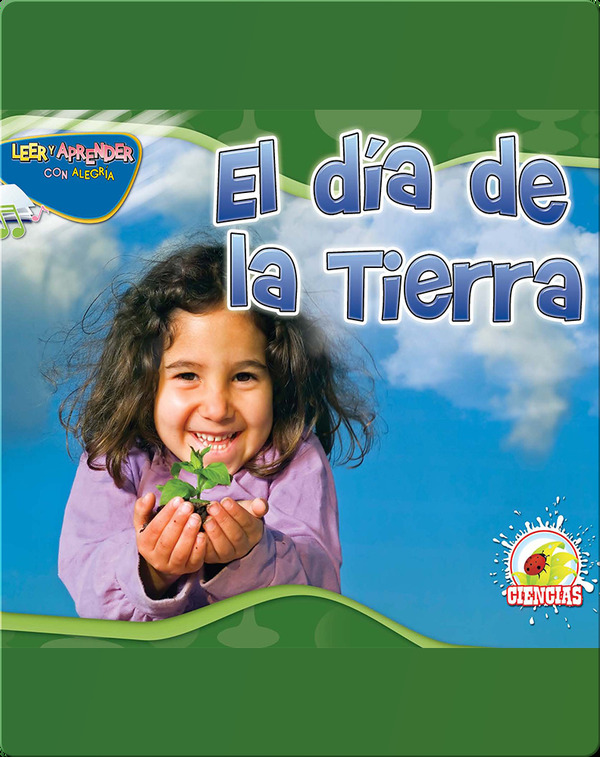
TCCL catalog items all about Earh Day: available HERE.
Hoopla collections:
Gardening eBook collections:
And of course, learn about our Seed Library and other gardening resources at www.tulsalibrary.org/seed-library.
